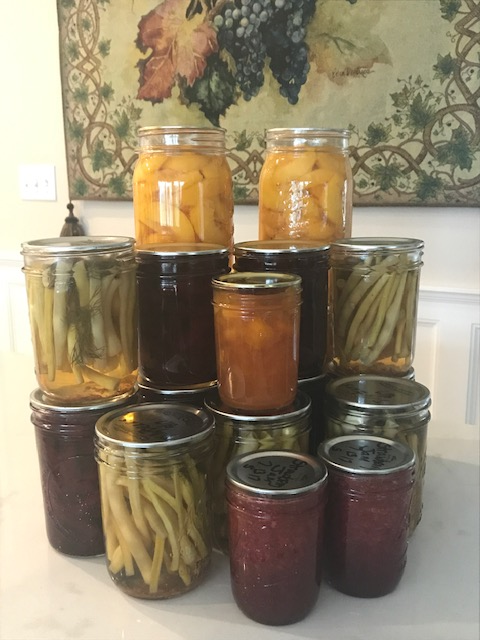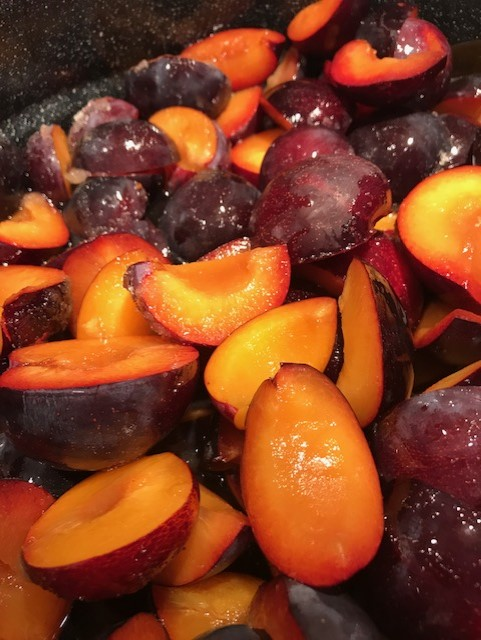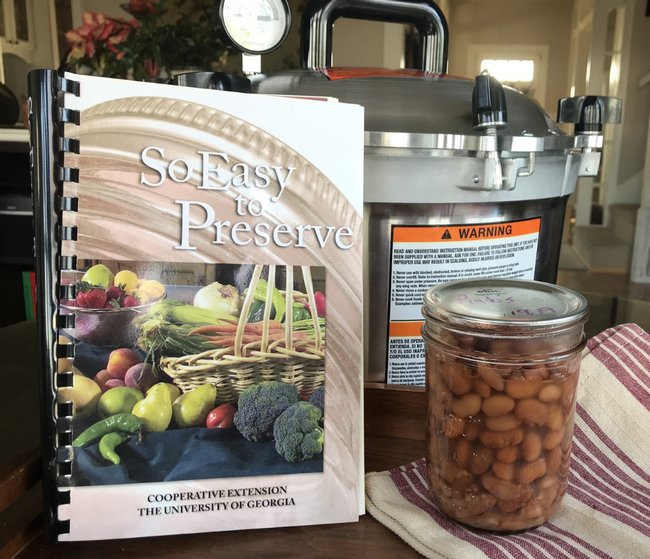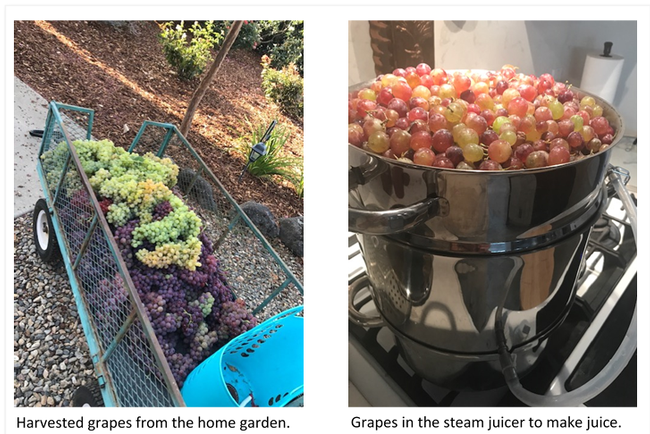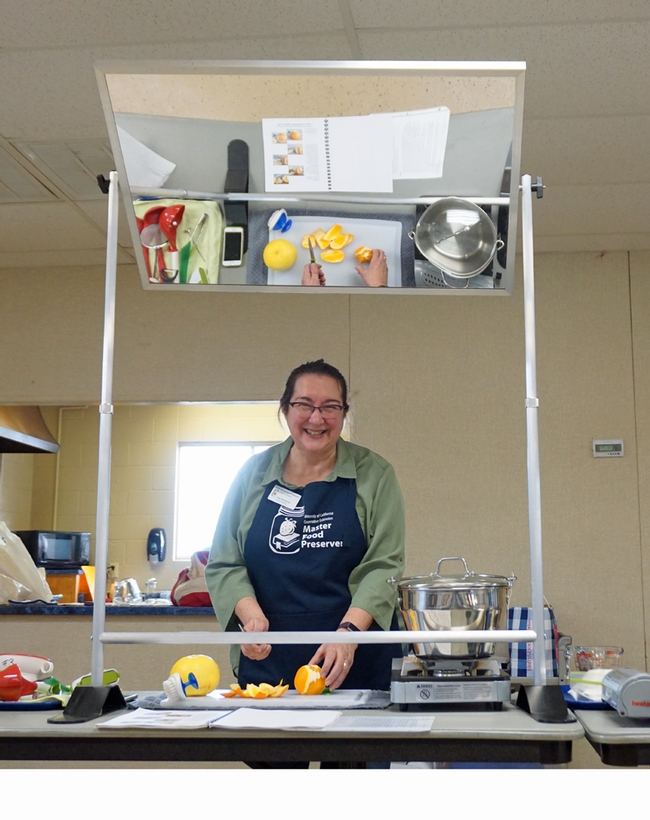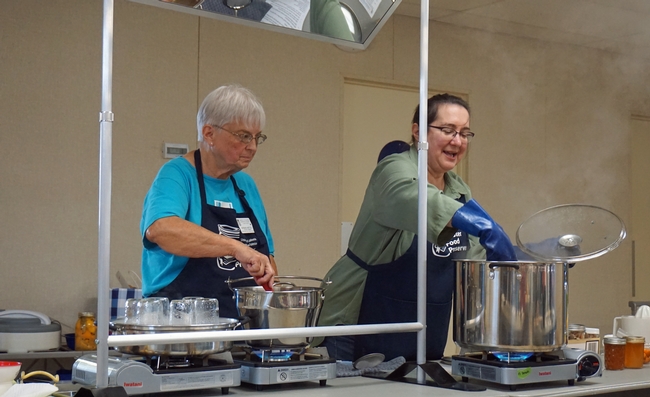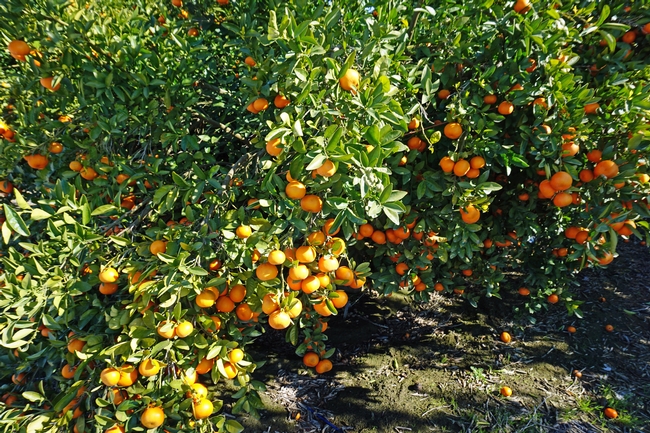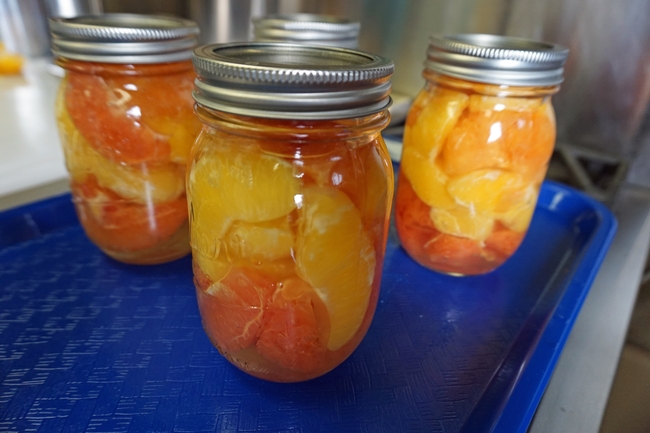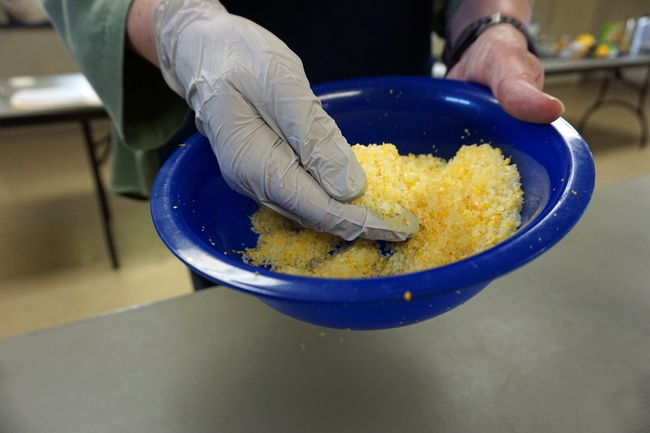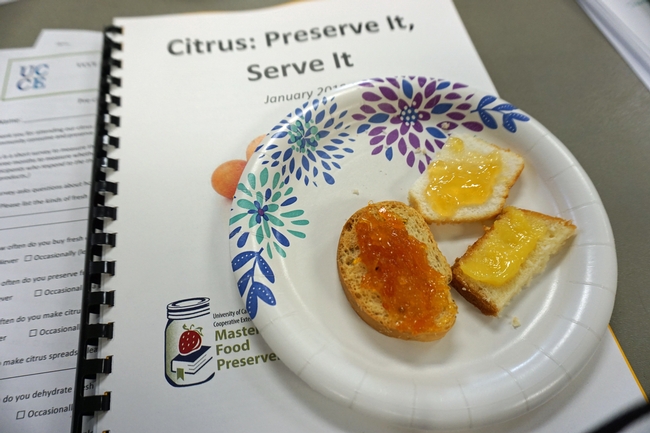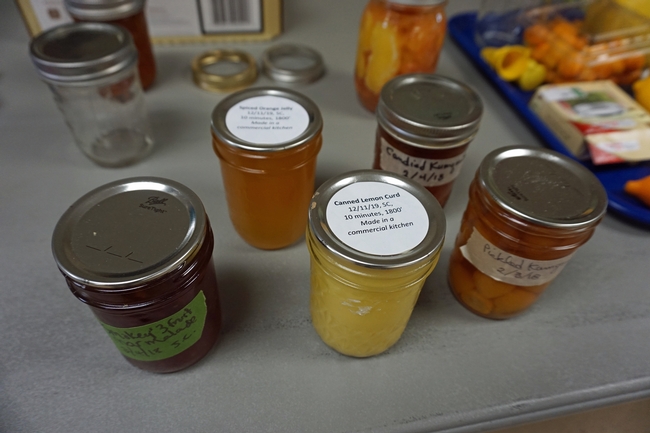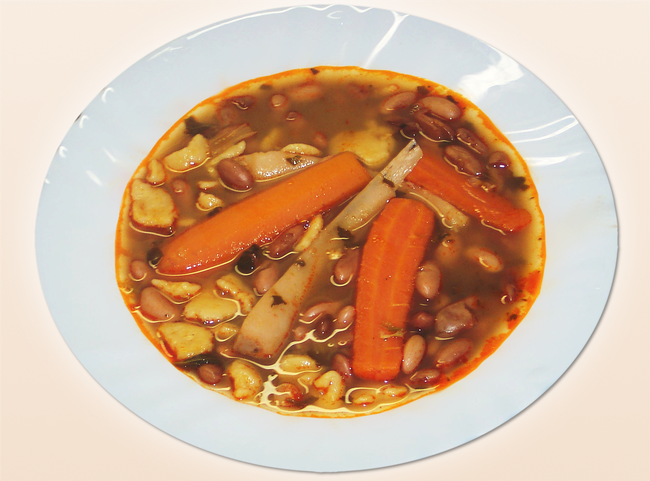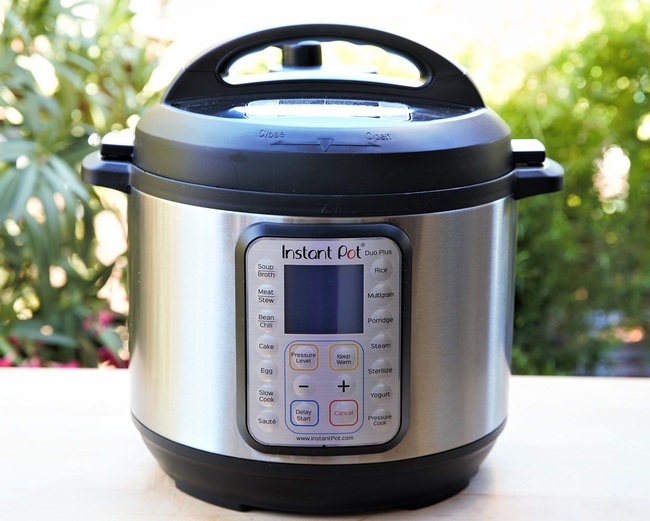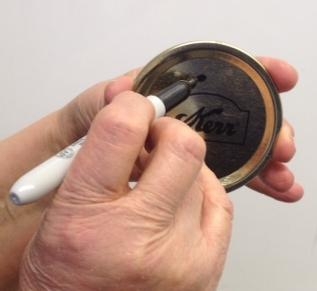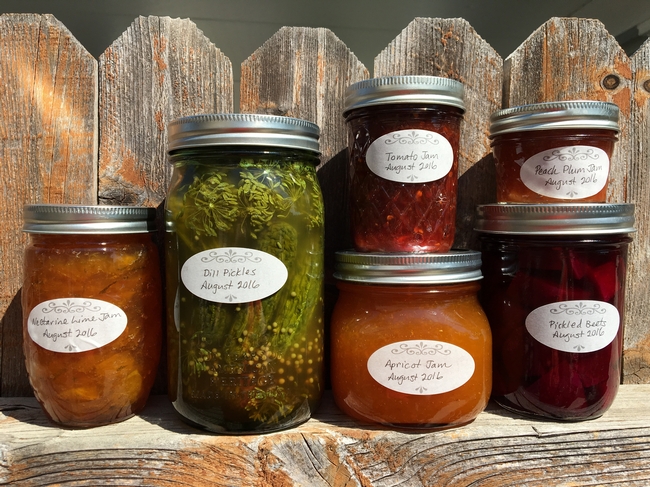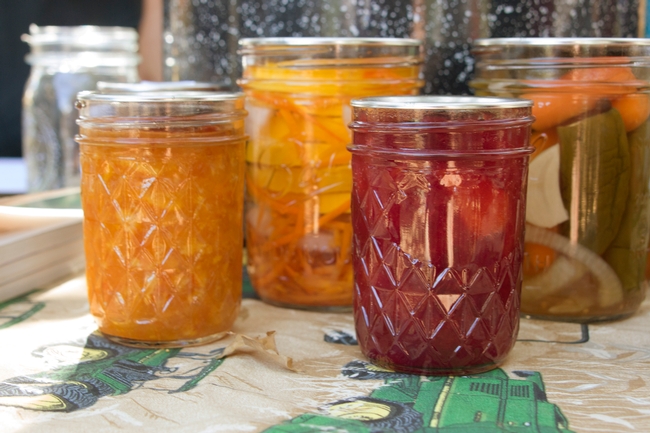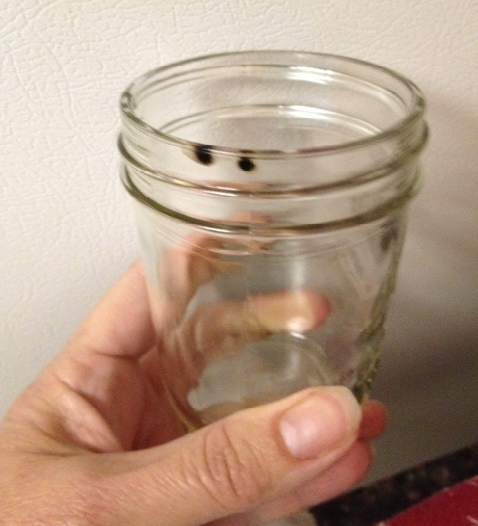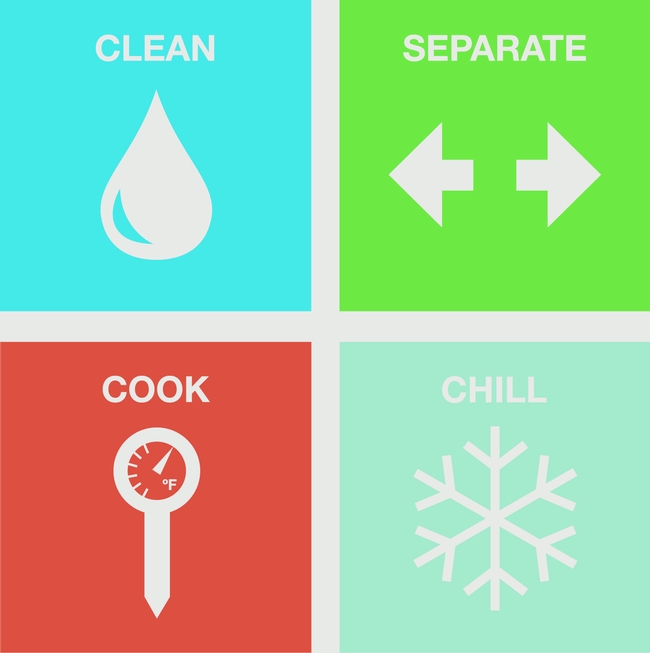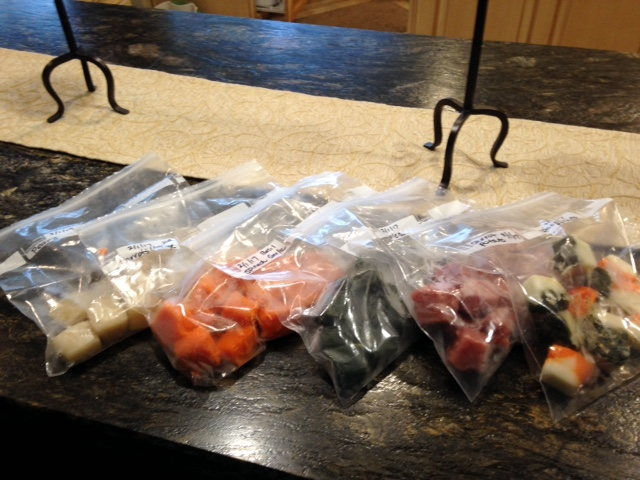Posts Tagged: Master Food Preserver
Home preservation for whole foods, plant-based lifestyles
Recently there has been increasing interest and desire to grow and preserve our own produce. In addition, there has been an increase of health-conscious families turning to WFPB lifestyles. This UC Davis article explains the differences between vegan and WFPB diets.
Home food preservation is a natural accompaniment to this lifestyle, however, misconceptions about the benefits of home canning are often overlooked for the WFBP lifestyle and therefore not utilized. There is a misconception that preserved canned fruits are loaded with sugar. Unlike vegan diets, WFPB diets do not include sugar, however, WFPB diets do include raw honey if sweeteners are desired. The UC Davis Integrative Medicine article, The real truth about sugar, supports the choice to preserve fruits without the addition of sugar. And, although unprocessed foods are encouraged, minimally processed foods like home preserving, is acceptable. Here is a great article from UC Davis Integrative Medicine - What about processed foods?
Having a small orchard with cherries, peaches, plums and apricots, as well as grapes and blueberries, I spend my summers preserving fruits with no sugar. I would freeze, can or dehydrate the fruit to enjoy during the off seasons as well as making jams and jellies using Pomona's Universal Pectin without sugar, and instead using honey to add sweetness. Preserving with Pomona's Pectin preserving cookbook is an excellent resource for canning without sugar.
Beans are a protein staple for the WFPB lifestyle. A UC Davis Integrative Medicine article explains Why beans are best and are a healthful choice for a meal or a snack. Home canning beans saves time and money. This UCCE video by Dustin Blakey is an excellent demonstration for pressure canning beans. By following the recipe in the book So Easy to Preserve, for pressure canning beans, my beans always come out safe and perfect. Before serving, I bring the beans to a boil for 10 minutes and season for my desired taste.
Being a certified UC Master Gardener provided me the skills and knowledge to successfully grow my own produce. I often referr to my garden as “My Victory Garden for Health.” All the produce that is not eaten fresh is either canned, dehydrated or frozen using skills I learned as a UC Master Food Preserver.
We grew a large 4' x 16' bed of onions. Some onions were dehydrated, which was a great advantage. Snap peas, bush beans, asparagus, beets for pickling, carrots, tomatoes, and sweet corn were either pressure canned, blanched or frozen. Vegetable soup was made and canned using the So Easy to Preserve instructions.
I am not advocating that this lifestyle is for everyone since after almost one year I found my way to a hybrid form of WFPB. However, I will continue to use my UC Master Food Preserver skills to home preserve produce that is sugar free and healthy, knowing that my home preserved food is safe since I have followed recipes and procedures tested for home food preservation.
For more information about the UC Master Food Preserver Program, including the Food Preservation Video Library, visit mfp.ucanr.edu.
Citrus: Preserve it now to serve it safely later
Update: 2020 classes will be held as follows. For more information and registration, click here for a calendar and scroll down to the preferred class.
|
Date |
City |
Time |
Location |
|---|---|---|---|
|
Fairfield |
1-4pm |
UCCE Solano County Meeting Room 501 Texas Street. Fairfield, |
|
|
Napa |
1–4pm |
UCCE Napa County, 1710 Soscol Avenue, Suite 4, Napa |
|
|
Chico |
1–4pm |
Chico Masonic Family Center, 1110 W. East Avenue, Chico |
|
|
Yuba City |
1–4pm |
UCCE Yuba/Sutter County Conference room 142A Garden Highway, Yuba City |
|
|
Grass Valley |
1–4pm |
Grass Valley Veterans Building 255 South Auburn, Grass Valley |
|
|
Berkeley |
1-4pm |
The Green Church, 2108 Russell Street, Berkeley |
|
|
Concord |
1–4pm |
Contra Costa Farm Bureau |
Winter is the time when many backyard citrus trees and roadside fruit stands are laden with mandarins, lemons, navel oranges and limes. A UC Cooperative Extension expert is traveling the state to teach how the fresh taste of citrus can be preserved for year-round enjoyment.
UC Cooperative Extension Master Food Preserver coordinator Sue Mosbacher recently taught a roomful of attentive Mariposa County residents how to safely make marmalade jam, preserve lemons in salt to add flavor to savory dishes, and can grapefruit and orange sections with a little sugar to produce a fresh-tasting citrus cocktail high in vitamin C.
Mosbacher is a community education specialist based in El Dorado and Sacramento counties. But she has been driving up and down Highway 99 to bring research-based food preservation lessons to residents as far south as Madera County as part of a special project that was funded with a $140,000 grant from the U.S. Department of Agriculture's (USDA) Agricultural Marketing Service. (Through grant AM170100XXXXG011. The project's contents are solely the responsibility of the authors and do not necessarily represent the official views of the USDA.)
Mosbacher has made dozens of appearances at county fairs and community meetings.
“It's been fabulous,” Mosbacher said. “People want the information and are using what they are learning.”
The series began last year with lessons focused on preserving summer fruit. The citrus classes are being offered in the winter. And in late spring 2019, Mosbacher will be on the road again to teach more fruit preservation classes and, in summer and fall of 2019, she will offer vegetable preservation lessons. The project is slated to conclude in 2020.
Mosbacher said she is energized for this journey by knowing that she is making a difference in California communities. She shared a telling story from a Georgetown vegetable preservation class. A participant said she had canned peas using the boiling water method; the Master Food Preserver Program guidelines require the use of a pressure canner for low-acid vegetables to prevent the growth of bacteria that produce the botulism toxin.
“She said she always canned peas in a water bath, and no one had ever died. But she came back the next week and told us she decided not to risk it and to throw the veggies to her chickens,” Mosbacher said. “And the next day, half her chickens died.”
Mosbacher has a background in computer science and the financial industry. During the 2008 downturn, she was laid off and spent time as a 4-H volunteer in the UC Cooperative Extension Office. While there, she learned about a part-time job opportunity working with UC Master Gardeners and UC Master Food Preservers.
At the time, she had no food preservation experience, so she took Master Food Preserver training.
“I learned everything I know from our own Master Food Preservers,” Mosbacher said.
Master Food Preservers are volunteer food preservation enthusiasts who have been trained in research-based preservation methods. Every food preserver training begins with a food safety primer with proven methods to decontaminate kitchen surfaces and tools, detoxify canned low-acid food and guard against spoilage.
At the citrus training, Mosbacher demonstrated canning a delicious orange jelly spiced with cinnamon, allspice and cloves. After cooking the juice with sugar and pectin, she canned the jelly using the boiling water method and with a steam canner. Either option is okay with high-acid citrus fruit.
Options for preserving lemons abounded. The juice can be frozen in an egg carton or ice cube tray, and used throughout the year in salad dressings, fruit salads, soups and ice cream. Slices of lemon can be dried to flavor ice water, seafood and casseroles. Mosbacher demonstrated preserving lemon wedges in salt water seasoned with bay leaves, cinnamon sticks and whole black peppercorns. She provided a recipe for a gourmet chicken tagine and roasted fingerling potatoes with preserved lemons to give participants guidance for using their preserved fruit.
At all the classes, participants are surveyed at the beginning and end to document the impact of the training. The preliminary results calculated with responses from 75 participants reflect positive results. After the class, nearly half of participants intended to preserve more fruit at home than they previously preserved. Two-thirds of participants intended to dehydrate more fruit than before.
"The results are great," said Katie Johnson, UC Cooperative Extension nutrition, family and consumer sciences advisor in the Central Sierra. "We never see results this high with regard to health behaviors, so I think it's pretty exciting."
To learn about food preservation programs around the state and search for classes, visit the UC Master Food Preserver website.
It’s electric?! Breaking down electric pressure cookers
You may have heard the buzz about electric pressure cookers. Even if you don't follow kitchen trends, this piece of equipment may take some of the "pressure off" of preparing meals. From personal experience, I can say that they're also quite fun!
Pressure cooking vs. pressure canning
Pressure cooking uses trapped steam to create a pressurized environment for cooking food. This combined with heat can greatly decrease cooking times for many items. Foods like dried beans, meat roasts and rice can have a significantly shorter cooking time when they are pressure cooked. Some people may recognize the term pressure canning which uses pressure to preserve foods. While they are similar in the process, only equipment specifically labeled for pressure canning can be used safely for food preservation.
Why so popular?
Pressure cookers existed first as a stove top version that required manual monitoring of pressure. Electric pressure cookers arose to help streamline and simplify the process. They have digital settings and controls so are generally easy to use. The quick cooking time and ability to electronically set time and temperature also increase their consumer appeal. In addition, the cooker is a closed system which helps retain moisture, nutrients and flavor. Unfortunately, there is not a lot of scientific research on nutrient retention in pressure cooking. One study did find that pressure cooking retained more vitamin C in broccoli than compared to boiling or steaming.
Additionally, electric pressure cookers are more energy efficient than stove top or oven cooking. They are insulated which prevents energy from being lost in the cooking process.
Becky Hutchings, a family and consumer sciences educator for University of Idaho Extension, currently offers a very popular introduction to electric pressure cookers class in her community. She feels electric pressure cookers can help people save money and time with cooking. Hutchings has said, “I think with pressure cookers, people are scared that it's going to blow up. Once they use their electric pressure cooker they will realize how easy and fast it is. They wonder how they ever lived without it.”
Safety concerns
As with any piece of equipment, there are safety concerns. Some models are considered “multi cookers” and may have a setting for slow cooking. This may be misleading as the slow cooker setting will not pressure cook. You cannot leave food in the cooker to be pressure cooked later because it will be in unsafe temperatures and will increase the risk for foodborne illness. For example, if you are planning to cook a pork roast in the electric pressure cooker, you cannot prepare it in the morning and leave it out on the counter until the evening. You will have to keep the food refrigerated until it is ready to be cooked.
Additionally, standard food safety practices should still be followed. Even if a roast looks done, check that temperature! Electric pressure cookers can be easily reset to cook for additional time if needed.
A third and significant concern is canning with electric pressure cookers. UC Cooperative Extension takes education on food preservation very seriously. We only support research-based and tested recipes for preservation. Many brands of electric pressure cookers provide recipes for canning. However, NONE of the brands have been able to supply their research or information supporting these recipes
The National Center for Home Food Preservation has a great article explaining why this is a concern. In short, electric pressure cookers have not been studied to ensure the necessary requirements for safe canning. Therefore, UC Cooperative Extension does NOT support or encourage canning in electric pressure cookers.
Hutchings explains it quite simply as “You are putting your life at risk."
(Pressure canning is a whole other wonderful field of cooking and preservation. We have many resources and articles available to learn more about it.)
Where to go from here:
While some models may be more “instantly” recognizable than others, there are many brands available for purchase. Just because a brand has popularity may not mean it is right for you. There are many online resources providing reviews and recipes for all the main brands of electric pressure cookers available. Prices of models range from $50 to $100. They are a more expensive piece of equipment, but savings could be seen in reduced cooking time and energy efficiency. In addition, there is a lot of money saved when cooking at home when compared to ordering delivery or eating at restaurants. An electric pressure cooker may be tool you need to making cooking at home easy and accessible.
If you are a new electric pressure cooker owner looking for support, Hutchings has a Facebook support group: Cooking Under Pressure - An Electric Pressure Cooking Community. She shares recipes, resources and occasionally hosts Facebook Live lessons.
Resources:
- https://www.uidaho.edu/extension/news/story/cooking-pressure
- https://blogs.extension.iastate.edu/answerline/2016/11/21/electric-pressure-cookers/
- https://extension.usu.edu/foodsense/cook/pressure-cooking
- https://nchfp.uga.edu/publications/nchfp/factsheets/electric_cookers.html
Keep spoilage away with UC Master Food Preserver guidelines
First, stay organized.
From the very beginning, implement a canning system. For example, jars, lids, and rings are used in the canning process, but not all can be re-used. Visibly mark used lids to denote they are out of commission for the next round of canning. This will prevent unnecessary seal failures.
Second, rotate the pantry.
To ensure the nutritive value of the food you have preserved, use products within a year of being canned. A quick way to track this is by making labels with tape and a marker or blank stickers; this is a simple approach you can take to enjoy home-canned products at their best quality. Keep inventory of what products were used, liked and disliked. Use this information to plan for next season's canning escapades.
Pro tip: Store jars with rings removed to allow for easier detection of seal failure. When removing the ring, wash, rinse, and dry to combat mold growth and corrosion.
Finally, avoid spoilage.
Prevention is key because once spoilage has contaminated a product, it cannot be salvaged. Using the proper amount of headspace when canning allows for a good seal in a low oxygen environment. If too much headspace is left, there may be excess oxygen that was not driven from the jar during processing. If the headspace is too little, the product may siphon out of the jar, get deposited on the rim, and prevent a clean seal.
While molds can come in many different colors, not every type of discoloration found in a home-canned food is indicative of spoilage organisms. Sometimes, the undersides of the metal lid discolors. No need to panic if the product was properly processed and sealed. According to the University of Georgia, So Easy to Preserve, “natural compounds in some foods, particularly acids, corrode metal and make a dark deposit on the underside of jar lids.”
If you'd like to learn more about ways to enjoy home-canned goods and avoid spoilage, the UC Master Food Preserver Program has volunteers that are a wealth of information. Find a program near you to attend public classes on home food preservation or go through a training program.
Building blocks of health
The scenario: Tomorrow is farmers market day, but not just any market on any day. This market happens once a month as part of a collaboration between the Food Bank Coalition of San Luis Obispo County and Lopez High School. The high school, a continuation school in the south part of San Luis Obispo County, has a program called Hands-On Parenting Education, or HOPE, which helps expecting and parenting teenagers to graduate.
It's the day prior to market day and HOPE students have a guest lecturer today: Dayna Ravalin, UCCE Master Food Preserver coordinator of San Luis Obispo/Santa Barbara counties. She's demonstrating how to make and store baby food safely. The timing is impeccable as students can (and do, as a result of the lesson) load up on fresh ingredients the very next day.
Dayna takes the students through the Core Four food safety tips while demonstrating how to convert fresh market produce into baby food blocks.
- Clean - Wash hands with warm water and soap for at least 20 seconds before and after handling food. Wash cutting boards, utensils, and counter tops with hot soapy water after preparing each food item and before you go on to the next food.
- Separate - Don't cross contaminate. Keep raw meat and poultry apart from foods that won't be cooked.
- Cook - Cook to safe temperature.
- Chill - Chill leftovers and takeout foods within 2 hours. Keep fridge at 40°F or below.
Lastly, students are shown how to easily preserve that baby food to last through the month or longer, until the next Lopez High School/Food Bank Coalition market day. Ravalin demonstrates the use of an ice-cube tray to aide in freezing baby-sized portions before providing each student with their own tray to take home, empowering them with building blocks for healthy eating.
The students leave, eager to take advantage of their resources the next day, and with two basic recipes using seasonal produce to get them started.
Homemade Baby Food Recipes
Carrots/potatoes
- 1 pound of carrots
- 1 cup water
Trim and peel carrots, cut into 1-inch segments. Put in a medium saucepan with the water. Bring to boil, reduce to a simmer, cover the pot and cook for 25 minutes (this will take longer if your carrots are thicker). Let cool in cooking liquid. Purée in a food processor, blender or food mill, cover and freeze in small portions.
Add in ideas: pinch of cumin, coriander, cinnamon or mashed potatoes.
Apples/pears
- 2 sweet eating apples or pears
- 4 to 5 tbsp. water or pure apple juice
Peel, halve, core and chop the apples. Put into a medium saucepan with the water or apple juice. Cover and cook over low heat for 6 to 8 minutes until really tender. Let cool in cooking liquid. Puree in a food processor, blender or food mill, cover and freeze in small portions.
Add in ideas: pinch of cinnamon, pureed carrots, ginger
“You can even freeze the different purees in layers so it is triple colored when you empty the trays,” Ravalin said.
Through this 1.5 hour lesson, the expecting and new parents learned how easy it can be to extend the life of food, taking advantage of the school's monthly market to provide for their families. This partnership is one example of how UC Master Food Preserver Program volunteers donate more than 20,000 hours of their time annually educating families throughout California on safe food preservation.


